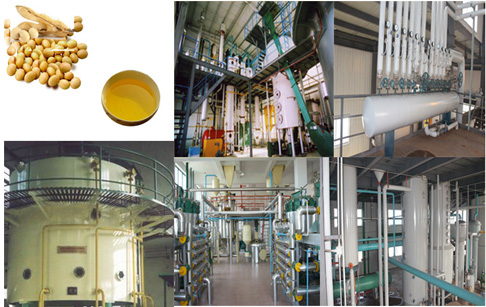
For small and medium-sized soybean oil processors, energy costs can account for up to 25–30% of total production expenses. In today’s competitive global market, optimizing the neutralization stage—often overlooked—is a proven way to reduce consumption without compromising oil quality or safety compliance.
In traditional refining setups, heat from the neutralization step (where free fatty acids are removed using caustic soda) is typically wasted as low-grade steam or discharged into cooling towers. But with modern heat exchanger systems, you can recover up to 40–60% of that thermal energy—enough to preheat incoming crude oil or support other process stages like bleaching or deodorizing.
| Process Step | Avg. Temp (°C) | Heat Recovery Potential (%) |
|---|---|---|
| Neutralization | 75–85 | 40–60% |
| Bleaching | 100–110 | 20–30% |
| Deodorizing | 240–260 | 15–25% |
Real-world case studies show that facilities implementing integrated heat recovery solutions see an average reduction of 12–18% in natural gas usage per ton of refined oil, translating to $3–$5 savings per metric ton depending on local energy rates.
Start by evaluating your current neutralization unit’s outlet temperature and flow rate. If it exceeds 70°C consistently, installing a plate-type heat exchanger between neutralization and degumming steps is often the most cost-effective first move. Maintenance-wise, ensure regular cleaning of heat transfer surfaces—limescale buildup can reduce efficiency by up to 20%.
Also consider modular design options. For example, our clients in Vietnam and India have reported faster commissioning times (by 30%) when using pre-engineered heat recovery modules compared to custom-built systems.

Don’t forget training. Operators who understand how to monitor temperature differentials and adjust flow rates based on real-time data improve system performance by up to 15% over time.
Most importantly, align your improvements with food safety standards. Many EU and Middle East buyers now require proof of energy-efficient practices—not just quality certifications—to qualify for long-term contracts.
If you're ready to make your refining process more sustainable—and profitable—download our free technical whitepaper on “Energy Recovery Techniques in Edible Oil Processing” below. It includes detailed calculation templates, equipment specs, and supplier recommendations tailored for emerging markets.
Download the Free Whitepaper Now
Stay ahead with monthly insights on edible oil processing innovations—follow us on LinkedIn for exclusive content.











